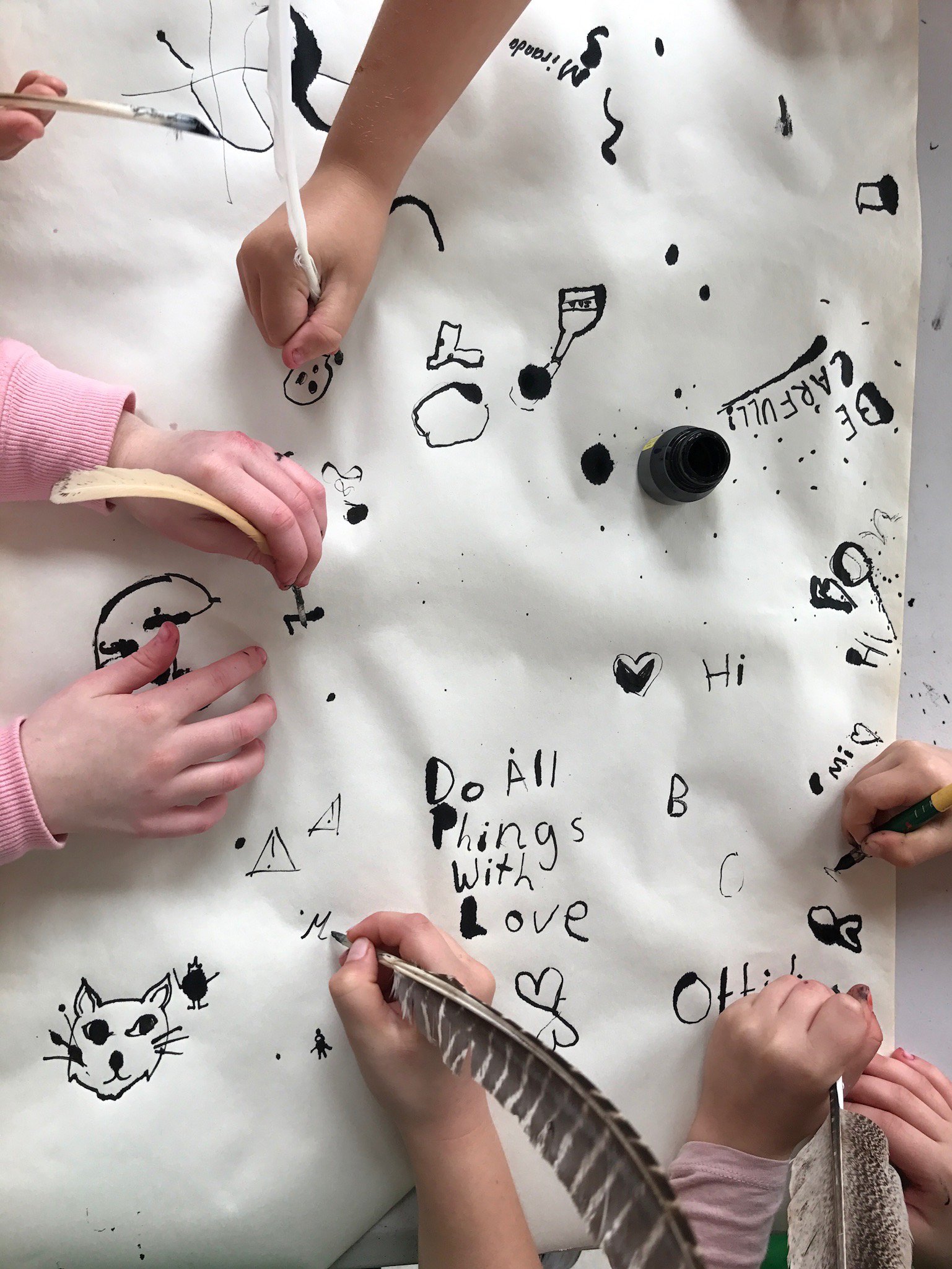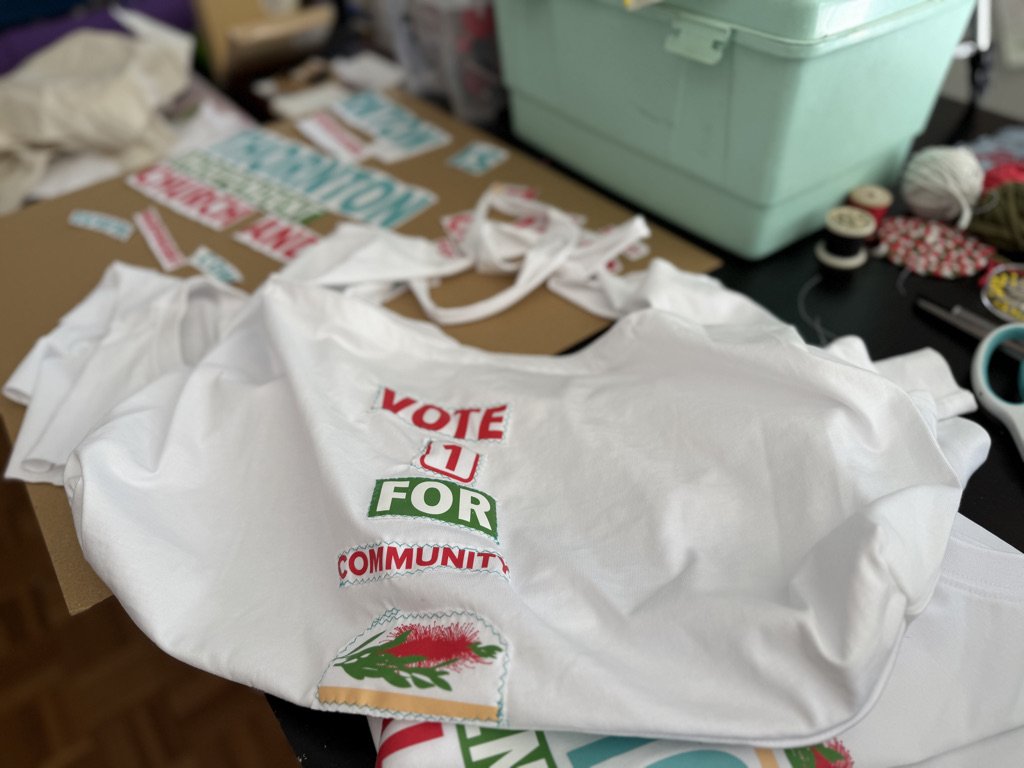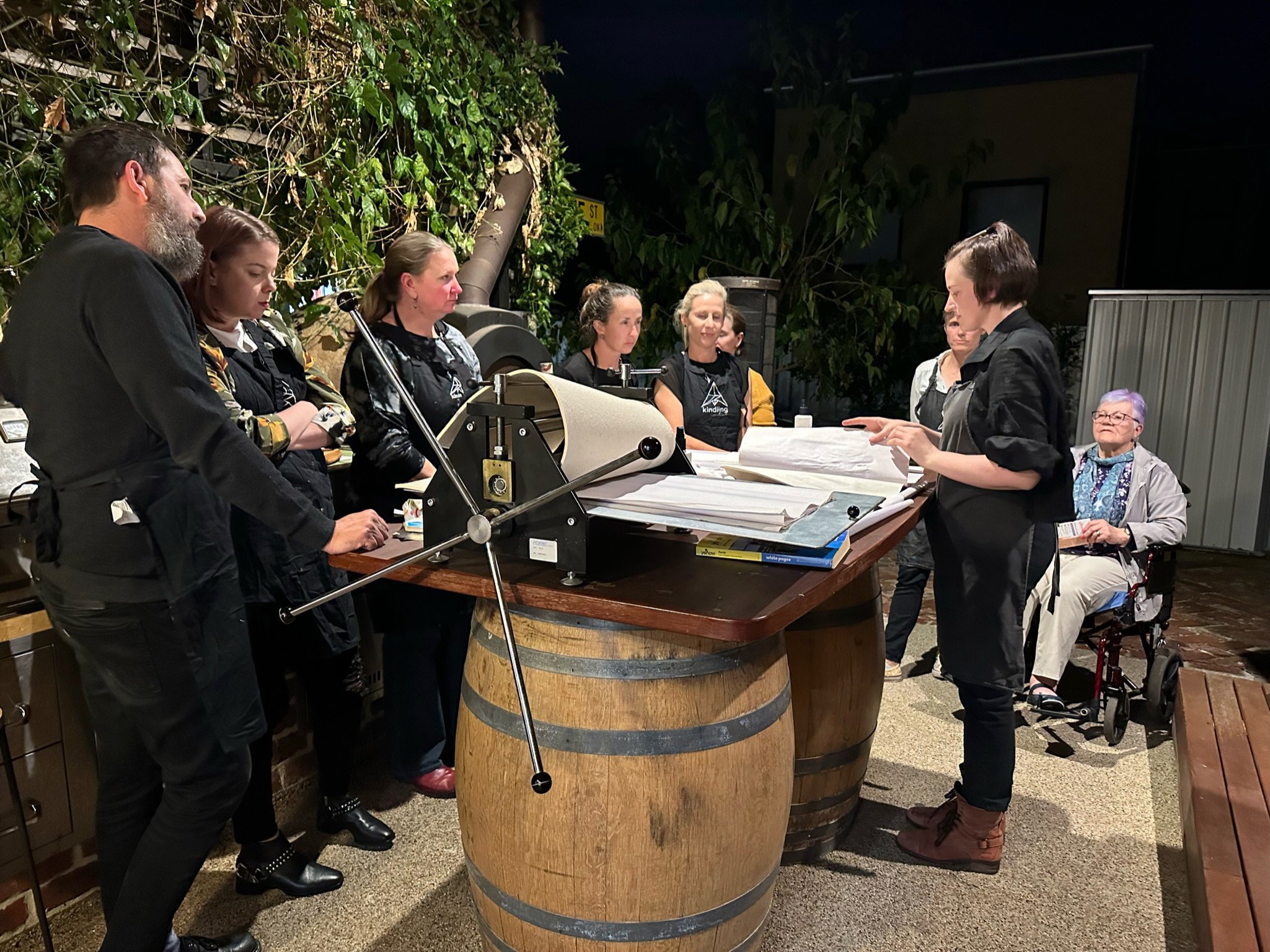
/ziːn/ ZEEN : News and Views

What do we mean by ‘make space to create’?
Make space to create” What does that really mean? In this post, we’ll break it down a bit. If you've been on this creative journey with us, we hope you’ve felt the special vibe of our spaces. And for those of you who are just getting to know the Kindling family, we want to share a bit of our passion for creating and sharing these spaces with fellow creatives.

Making and the power of tinkering
To tinker, or potter, is to do a small task or activity that requires little effort, or to make small changes to something in a relaxed, slow way. In our MAKA sessions we’ve been testing out different designs for Bat Habitat Boxes (specifically micro bats), using old pallets, jarrah floorboard off cuts, recycled screws and a basic set of tools - drills, hammers, handsaws. Take a look at these bat boxes, proudly developed whilst tinkering, pottering and making.

2025 is the year of creative wealth
Let’s make 2025 the year of valuing and practicing creativity.
Did you know that doing art regularly (even just once a month) can add years to your life??
In these tight economic times, we often drop the things that keep us well and connected and also skilled and practiced. So, why don't we look at generating some creative wealth instead?

The future: what's in it for our kids?
Soft skills such as creativity, caring and connection are key to enabling fulfilled teams, meaningful work and career prospects, and nurturing future leaders.

Pass the creativity along!
We thought about ways we could not only keep our creativity going, but also keep connected with other creatives… We thought, what if we could “pass the creativity along”?
